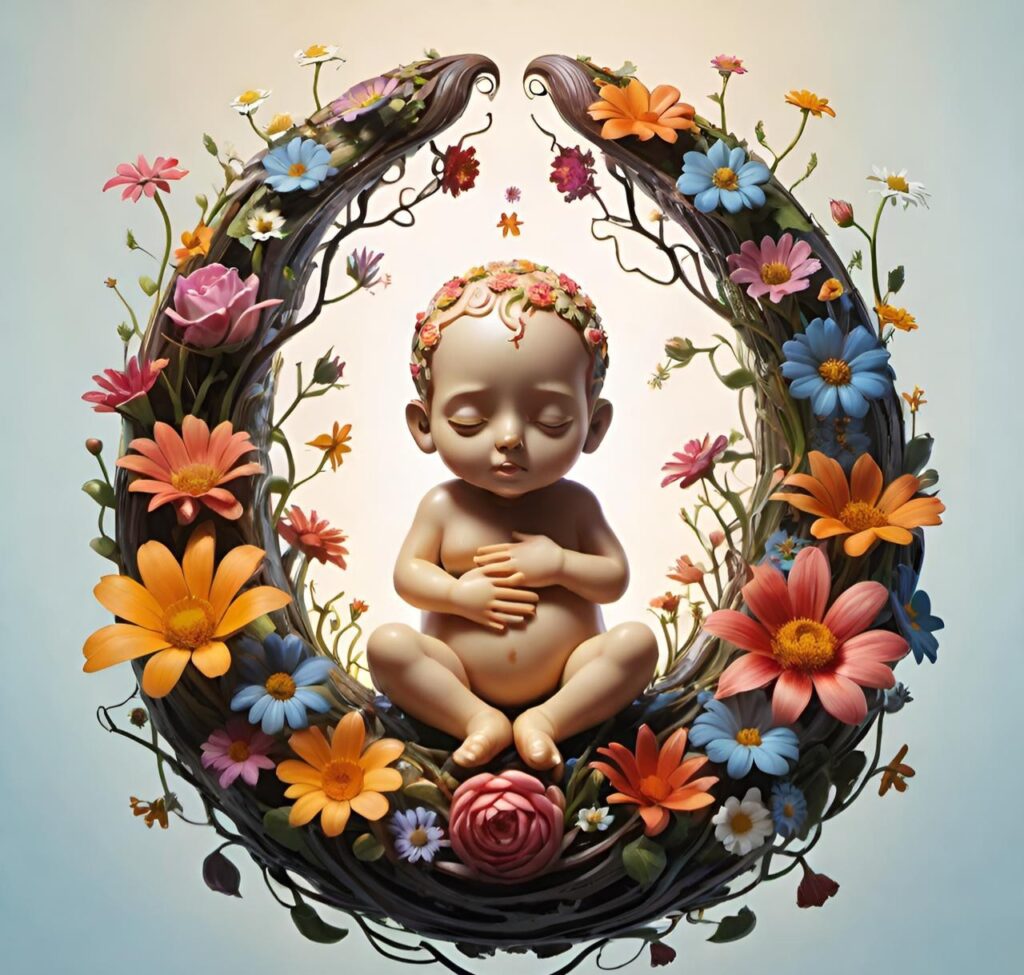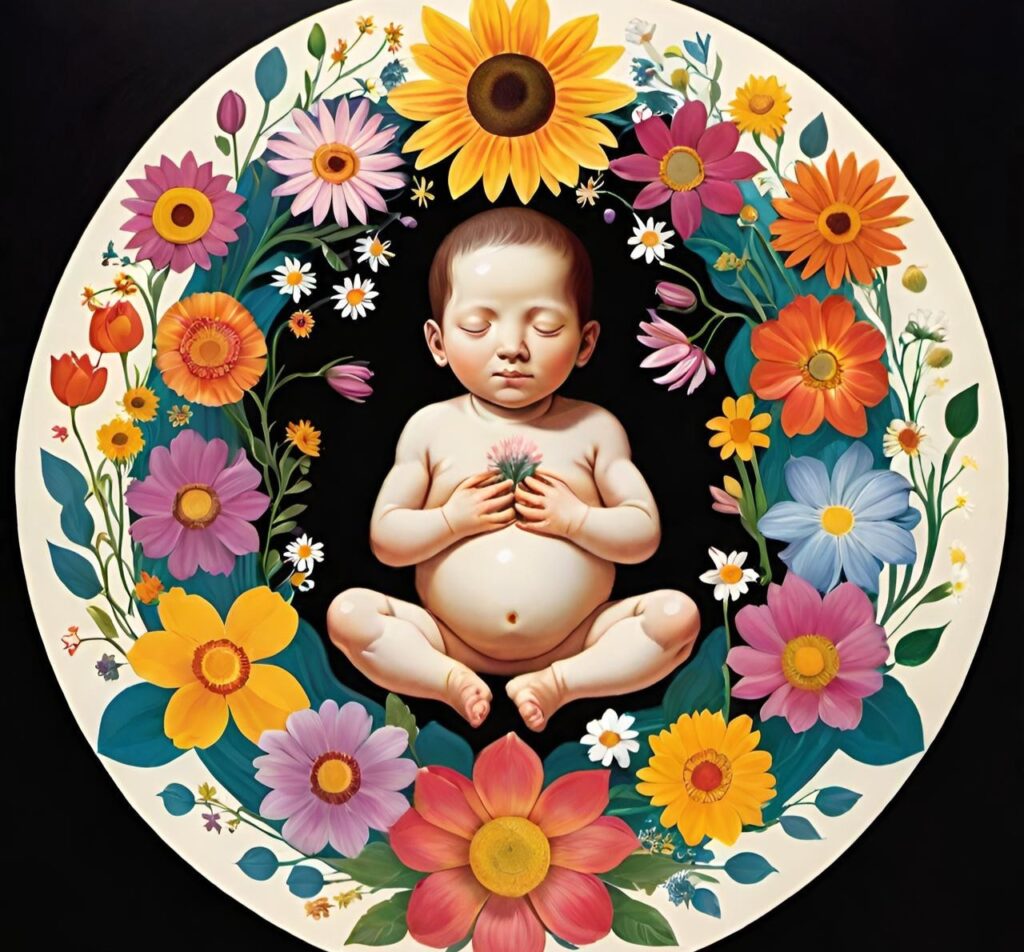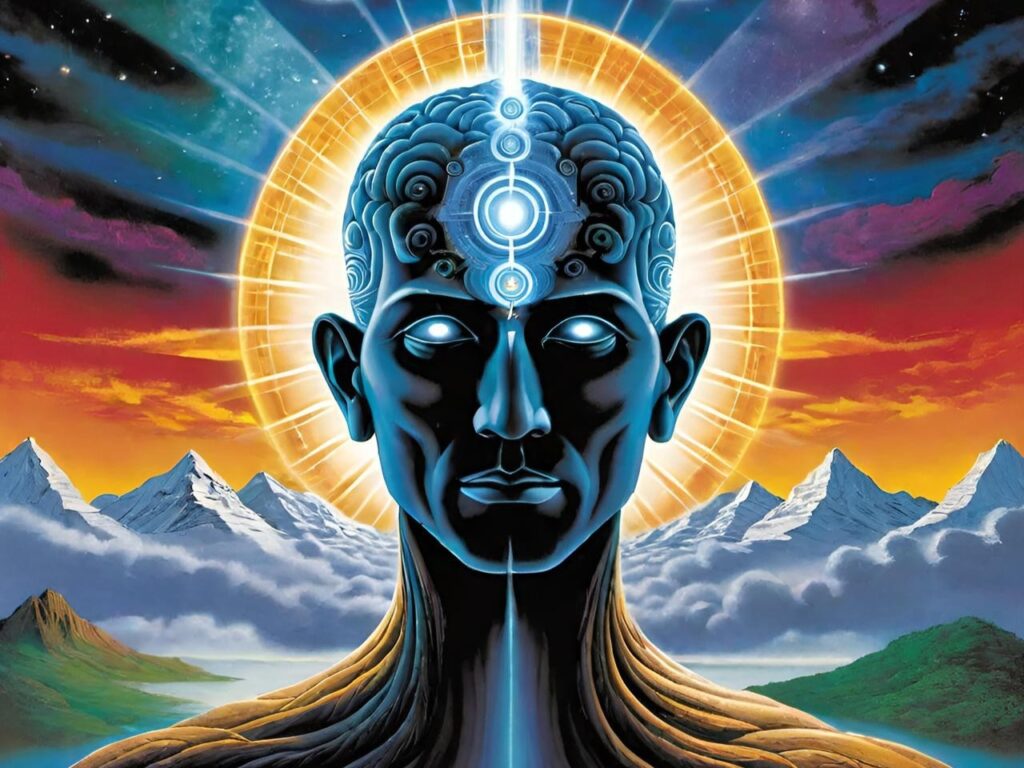Stanislav Grof’s theory of the perinatal matrix stands out as one of the most intriguing and debated concepts in the field of transpersonal psychology. Grof, a Czech psychiatrist and a pioneer in the field of psychedelic therapy, introduced this groundbreaking idea in the 1970s, offering a new lens through which to view the human psyche, its development, and its profound capacities for healing and transformation.
The perinatal matrix, as proposed by Grof, is rooted in the belief that the experiences and stages of childbirth play a critical role in shaping the human subconscious. Grof delineates this process into four basic perinatal matrices (BPMs), each corresponding to a distinct phase of birth and possessing its unique set of psychological themes and manifestations.
BPM I: The Amniotic Universe
BPM I corresponds to the initial phase of pregnancy, characterized by the unborn child’s experience in the womb. This stage is marked by a sense of unity and connection, often associated with feelings of cosmic oneness in later life. Individuals reliving this stage in altered states of consciousness may experience profound peace and a sense of belonging.
BPM II: Cosmic Engulfment and No Exit
This matrix represents the onset of childbirth, where the previously undisturbed equilibrium is disrupted. The fetus starts to experience the pressures of the womb, symbolizing a primal encounter with suffering and anxiety. Psychologically, this can manifest in feelings of entrapment, oppression, and existential angst in adult life.

BPM III: The Death-Rebirth Struggle
BPM III corresponds to the active phase of labor, where intense physical struggle and pain precede the moment of birth. This matrix is characterized by themes of conflict, struggle, and the eminent possibility of death, juxtaposed with the promise of rebirth. Experiences related to this matrix can surface as a metaphorical death-rebirth process, often leading to profound personal transformation.
BPM IV: The Death-Rebirth Experience
The final matrix is associated with the actual moment of birth. Emerging from the intense struggle of BPM III, this stage is about liberation, the joy of survival, and the overwhelming influx of new stimuli. This matrix embodies themes of resurrection, renewal, and a profound appreciation for life.
The Psychic Imprints
Grof’s theory of the perinatal matrix does not merely describe a physical process but delves deeper into the psychic imprints left by these primal experiences. He suggests that the traumas and joys of birth are imprinted in our subconscious, influencing our psychological development, behaviors, and patterns throughout life. Moreover, Grof posits that by revisiting these perinatal stages through various therapeutic techniques, including psychedelic therapy, individuals can unlock deep-seated traumas and initiate profound psychological healing.

Critics, Support and Impact
Critics of Grof’s theory question the scientific basis and empirical evidence supporting the direct correlation between birth stages and psychological development. However, proponents argue that the therapeutic successes and transformative experiences reported by individuals who have engaged with Grof’s methods offer compelling anecdotal evidence of its validity and potential.

Conclusion
Stanislav Grof’s concept of the perinatal matrix offers a fascinating perspective on the profound impact of birth on human psychology. By exploring these primal experiences, Grof’s work challenges us to rethink the origins of psychological trauma and the pathways to healing, suggesting that the roots of our deepest fears and greatest joys may lie in the very beginning of our journey into life.




